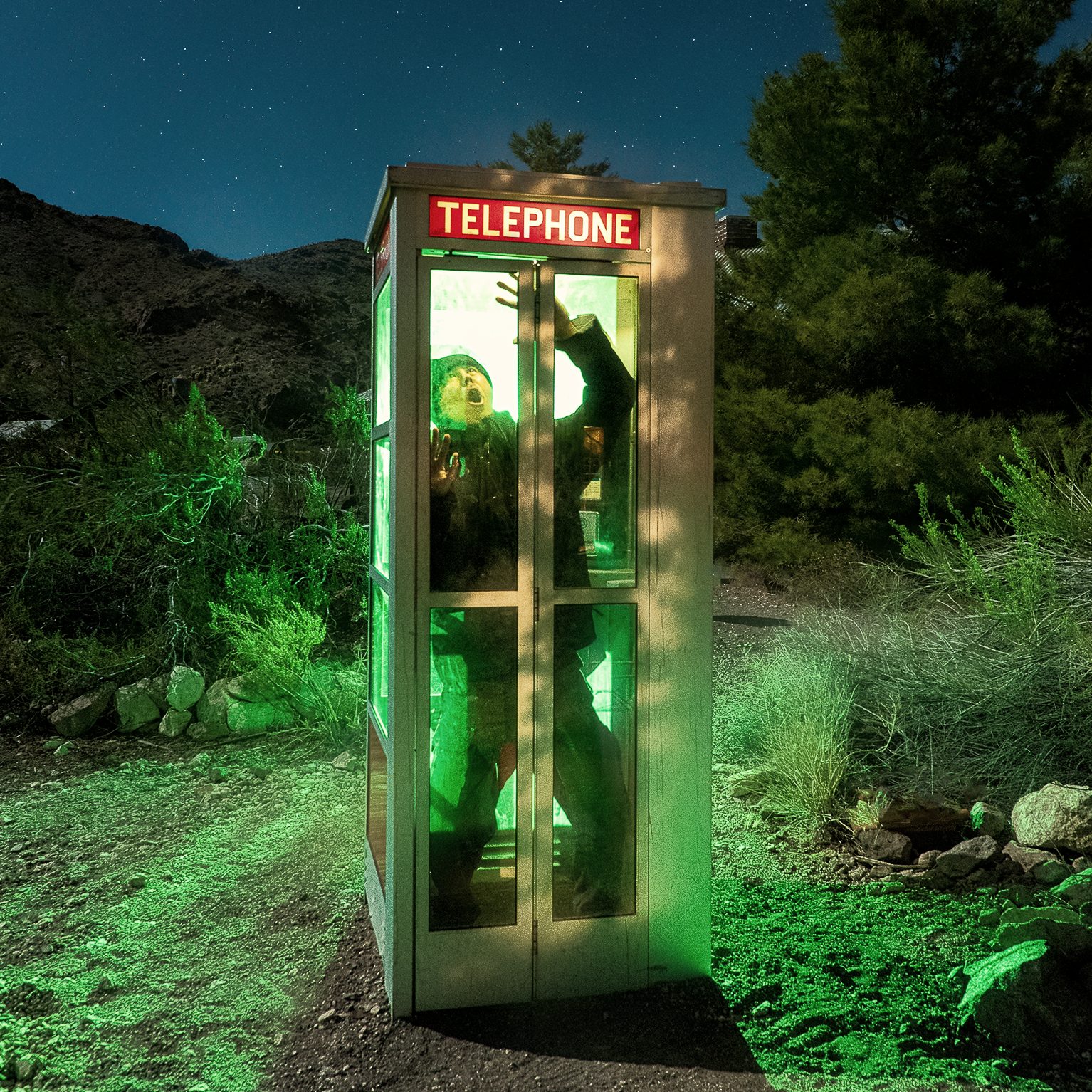These days, more smartphones than ever before can create blur effects and bokeh. This is especially true for Portrait mode. The Focos app utilizes computational photography to achieve this, but with far more control. It emulates the professional look of fast lenses on DSLRs and mirrorless cameras. Moreover, it even emulates some of the features light-field cameras such as Lytro.
Focos also allows you to “relight” a portrait, allowing you to adjust the color and brightness from each light.
The Focos app, available on iOS and Android, is a free app that allows you to achieve bokeh effects easily and intuitively by tapping on parts of the photo where you want the effect. There is a pro version that costs $12.99. This version offers far more choices of effects. However, the free version is already surprisingly powerful.
Since this is about mobile apps, I decided to take all the photos with my iPhone SE to show what Focos does.
Photographing with Focos to control the point of focus
I’m going to begin with one of the most interesting aspects of this app. This feature is surprisingly powerful for a free app.
I took a photo of George the monkey using the Focos app. This is where it gets cool. Focos allows you to control the point of focus … after you take the photo. It’s rather easy as well. Simply take a photo using the Focos app. Then use the aperture and focus sliders!
This technology emulates light-field photography technology via computational analysis. Light-field photography, or plenoptic photography, is an imaging technology that makes it possible to adjust the focus in an existing picture. It attempts to measure the intensity and direction of every incoming ray instead of the sum total. Focos allows you to do all this and more, then allows you to save as many different versions as you want. Cool.



Above, when I move the aperture slider all the way to the right to make it as large as possible, Focos automatically blurs the background. I’ve exaggerated the effect here so you can see how it is working. As you can see, it’s not perfect. It has blurred the press badge, for instance.
When I selected the background as the point of focus, Focos instantly brought that into focus, blurring George instead.
Manipulating photos not taken with the Focos app
Even with photos not taken with Focos, you can still work much of its magic.


Just for fun, I used a photo of George that I took with an iPhone SE a week ago. I then applied a blur. You can see the results above.
Controlling aperture
Wide apertures can create desired bokeh, or background blur. You do this by choosing Size. Manipulating the slider allows you to simulate a small aperture of f/20 all the way to a large aperture of f/1.4. Focos then instantaneously shows you the blur effect.

The Focus function allows you to determine where you wish to place the area of focus. If you wish, you can even make the subject out of focus while bringing the background more into focus.
Lens
You can choose from various lens types to alter the bokeh. With the free version, you do not have many choices. However, with the pro version, you unlock all 16 lenses. This also allows you to get all the full functions and effects.
Adjusting lighting
Pressing the light bulb icon on the bottom suddenly places what it perceives to be the subject into 2D, 3D or even augmented reality scenarios and then adjust the lighting accordingly.
Patch
This allows you to turn your photo into a drawing instantly. You can control the colors and other parameters. Although the controls are limited, it’s a fun addition to its feature set.
Saving your photo
The app allows you to save a copy without changing the original one. You may also overwrite the original if you wish. And you may even save it in portrait mode, retaining depth data. I did not try this latter one out.
Focos is intuitive and works surprisingly well. It also applies settings almost instantaneously. This is one of those apps that can be used for not only portraits but objects or other things creatively.


















